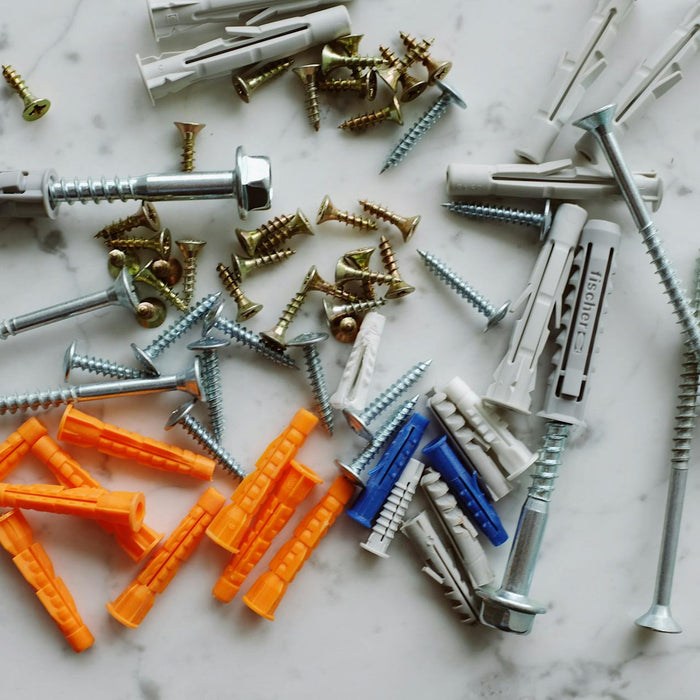
How to fit and replace electrical sockets
Electrical sockets come in two main types: surface-mounted and flush-mounted. While surface-mounting is simpler, flush-mounted sockets offer a sleeker appearance and greater resistance to accidental damage. To fit and replace electric sockets in the UK, follow these general steps.
Read now



